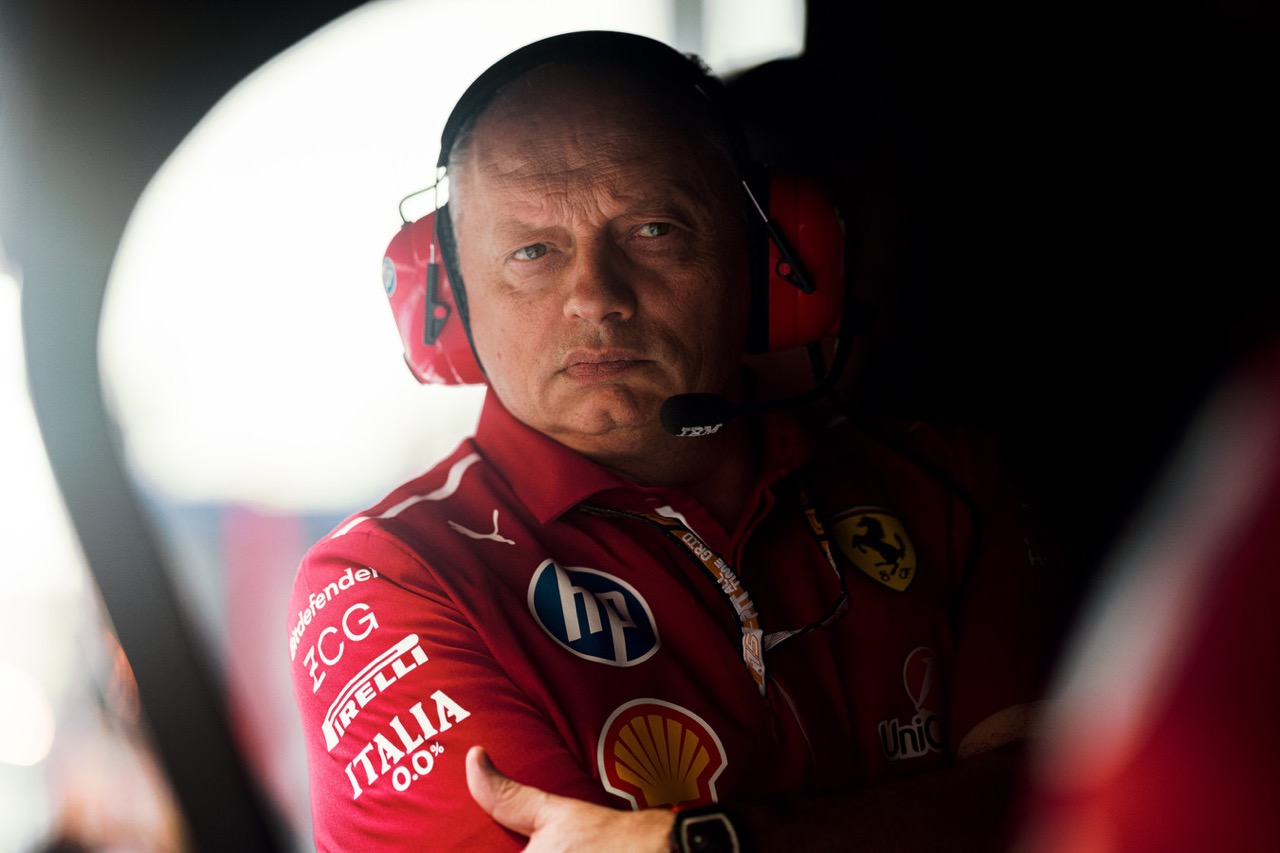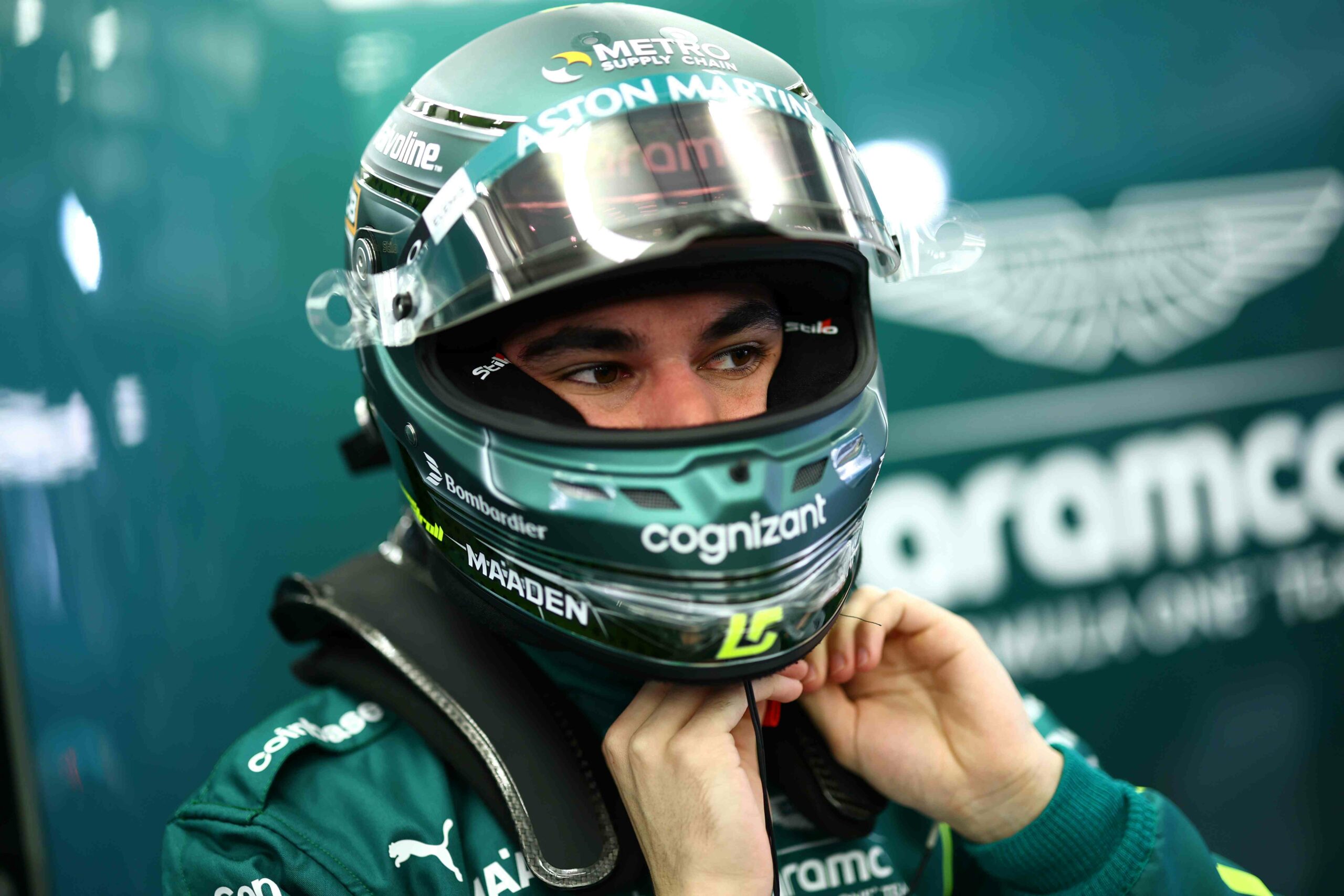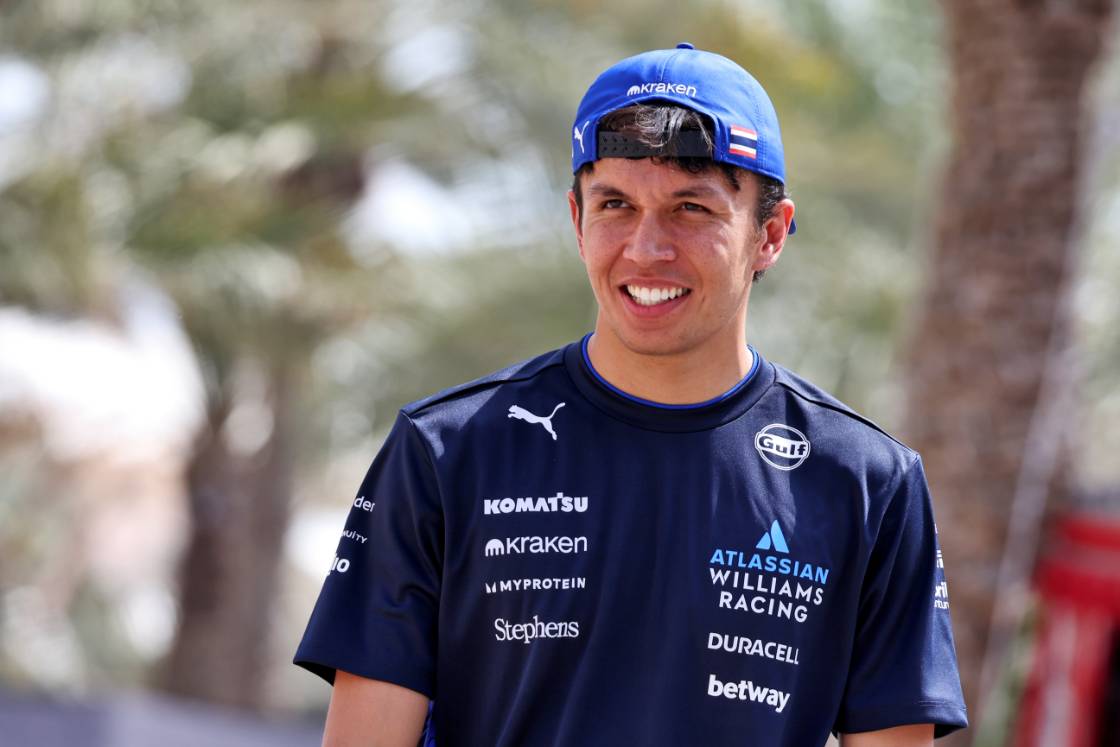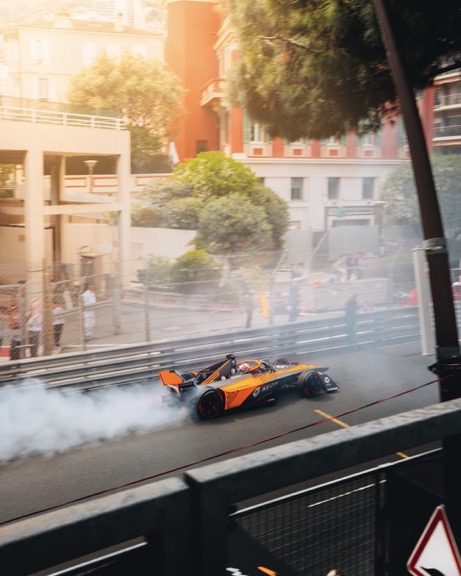We’re rapidly approaching 18 years since the farical weekend at Indianapolis in 2005 when only six cars ‘raced’ at the United States Grand Prix.
All seven teams who ran with Michelin tyres came in at the end of the formation lap as the French manufacturer could not guarantee they would be safe to race with following tyre blowouts in free practice two on the Friday.
In 2004, Fernando Alonso (Renault) and Ralf Schumacher (Williams) had tyre failures using Michelin’s in the race. Schumacher’s accident happened on the banking and he was out of action because of injury (two broken vertebrae in his back) for over three months as he hit the concrete wall at high speed.
A year later, it became apparent on the Friday that it was going to be anything but a normal race weekend. Ricardo Zonta (third driver at Toyota) and Ralf Schumacher (now at Toyota) had tyre failures within 10 minutes of each other in second practice. The German hit the wall once again at turn 13 — but luckily he would walk away this time.

Photo credits: Toyota Racing
However, Schumacher was ruled out of the remainder of the weekend in case of a secondary impact in the space of a short time. Zonta stepped in but would only do qualifying in the end.

Ricardo Zonta with a Michelin employee — Indianapolis 2005
Toyota’s Chief Race Engineer that weekend Dieter Gass explained to Pit Debrief what happened across the event. There was no prior warning on the blowouts during FP2.
“There was no indication whatsoever for Ralf’s problem — zero! It completely came out of the blue,” he said.
“The only indication one could have had for Ricardo — and this only with the full benefit of hindsight — was Ralf’s failure. Had we seen anything on those tyres, we would not have run with Ricardo.
“I seem to remember that the Michelin limits were altered for more safety after Ralf’s crash, but I do not recall anything visible on tyres prior to one of the accidents.
“It’s a long time ago, but from what I remember, tyre damage only got visible at an early stage, when tyres were stripped and checked from the inside — a process which obviously was normally not done in between sessions.”
Toyota’s problems on Friday afternoon led to other teams accusing the Japanese-owned team that this was an issue only for them for various reasons. That turned out to be completely false.
“[We faced] accusations from other teams that this was a Toyota problem and we hadn’t respected the allowed camber settings — neither of which was obviously true,”
It was a weekend of mixed emotions for Toyota. After two of their drivers had tyre failures in free practice, Jarno Trulli secured the team’s first pole position the following day as he beat Kimi Räikkönen to top spot.

That pole position would only really be a mere statistic however as Toyota and the six other teams using Michelin tyres returned to the pits at the end of the formation lap.

Fan anger was high and some even threatened employees from various teams as they left the track. Items were also thrown on the circuit from fans in the grandstand during the race itself.
“I don’t really remember too much of the race itself, but the complete weekend was very intense,” said Gass. “Ralf’s crash on the Friday, all the discussions with the teams and Michelin, trying to somehow make a race happen for the fans.
“Then Jarno’s pole and having to pull in after the first lap — not even being 100% sure that the others would effectively follow. Really very intense!”
“Obviously, the fans were very upset and threatening the teams, when leaving the track — we were really glad to be back at the hotel at the time.
“This was definitely one of the worst experiences in F1.”
A solution never looked likely as Michelin simply got it horribly wrong. Bridgestone had their own problems earlier in the year at the Spanish Grand Prix when Michael Schumacher had two tyre failures in two laps.
The German would go on to claim his 84th ‘victory’ from Barrichello and Monteiro. Only Ferrari, Jordan and Minardi could compete on that June afternoon in 2005.
“Very difficult to say [on what could have been done to have a proper race],” said Gass. “There were all kinds of suggestions being discussed. From putting up a chicane, to flying in some tyres from somewhere else in the world, but none of those could have happened within the given regulations.
“I think with only one tyre supplier present, you probably would have solved it, but you had Bridgestone in the competition as well. Obviously, they weren’t keen on any compromise. So I really don’t know if something could have been done effectively,” he concluded.






